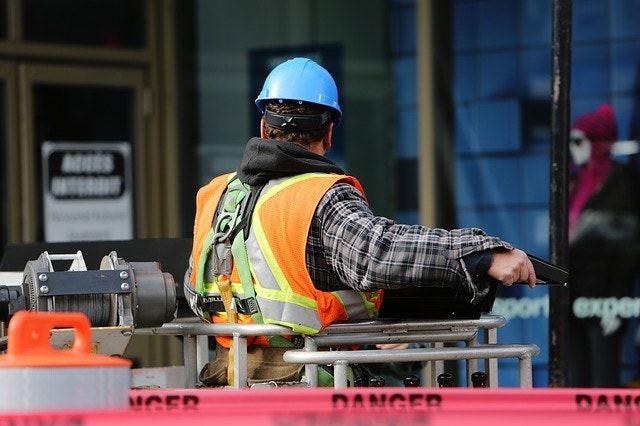Reducing the Risk of Workplace Injury with Personal Protective Equipment
- Apr 14, 2014
 To showcase the importance of personal protective equipment in the workplace, we've put together this little fact sheet. Not only can the proper safety gear prevent accidents or death, it can drastically diminish the chances of serious injury on the job.
To showcase the importance of personal protective equipment in the workplace, we've put together this little fact sheet. Not only can the proper safety gear prevent accidents or death, it can drastically diminish the chances of serious injury on the job.
If you're working in an environment where your personal safety can be enhanced from the use of additional protective equipment, don't hesitate to do so. Incorporating preventative measures that will decrease your risk of injury is always a step in the right direction.
While you might think you've been properly protecting yourself on the job, statistics show that:
• Only 16% of workers who suffered head injuries were wearing hard hats
• Only 1% of workers who suffer face injuries were wearing face protection
• Only 23% of the workers who suffered foot injuries were wearing safety shoes/boots
• Only 40% of the workers suffering eye injuries were wearing protective eye equipment
The vast majority of the instances mentioned above were received while performing normal job duties at a typical job site. In other words, a substantial amount of injuries that happened were injuries other than what might be considered common for a specific task. While protective equipment alone cannot guarantee the absence of injury during an accident, it's a positive measure that can greatly decrease the injury that might be sustained. It's important to expect the unexpected.
The data that we've compiled below comes directly from the Bureau of Labor Statistics and has been broken down by the different types of personal protection equipment that are commonly used on the job.
Head Protection
When it comes to head injuries, the resulting damage can be quite serious. 86% of head injuries included cuts or bruises to the scalp/forehead and concussions occurred in 26% of incidents. Over a third of overall head injuries are a direct result of falling objects striking workers.
Foot and Leg Protection
66% of workers suffering leg and/or foot injuries were wearing protective footwear while 34% were wearing regular street shoes. Of the ones wearing safety shoes or boots, 85% were injured due to being struck in an unprotected area of the shoe or boot.
Eye and Face Protection
Of the injured workers who were surveyed, nearly all of them indicated that the use of face and/or eye protection was not a normal practice or not required for the type of work being performed when the accident occurred. Nearly 1/3 of all facial injuries are caused by blunt metal objects weighing one pound or more. Cuts, lacerations and punters occurred in 48% of cases while fractures and lost teeth accounted for nearly 27%.
These are just a sample of the statistics. There are many other types of injuries that can be sustained on the job including hand and arm injuries, torso injury, damage from failure or improper use of respiratory equipment and even impairment or loss of hearing due to a failure to utilize proper ear protection.
Remember that personal protective equipment is not a replacement for proper procedure and safety gear does not eliminate hazards. Every workplace is different and the risks that are presented can constantly vary. Stay safe, remain aware and always protect yourself with the proper safety gear.






